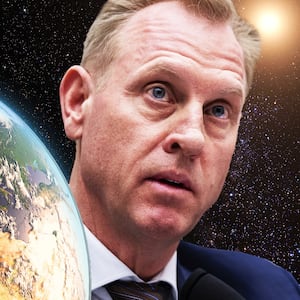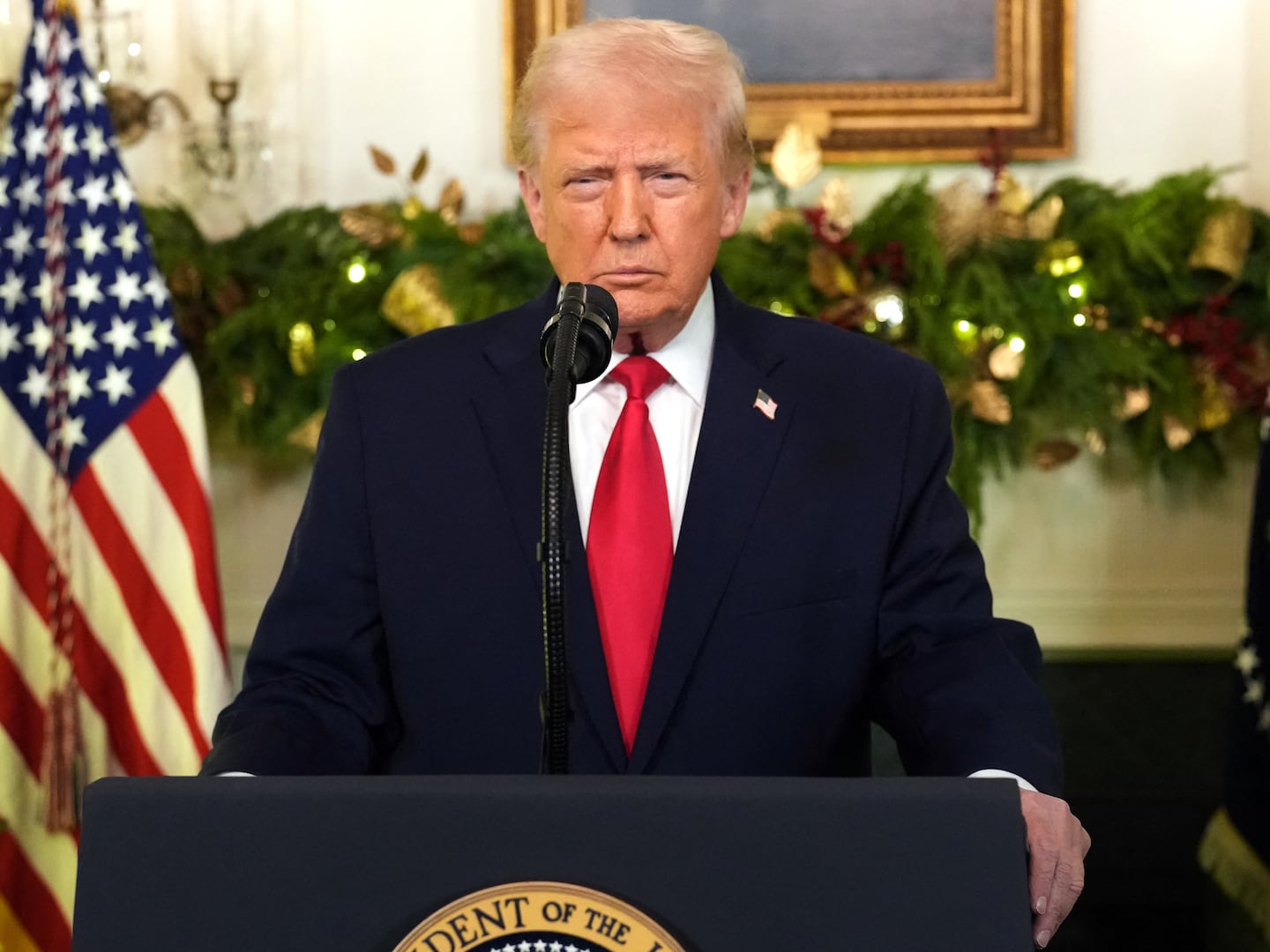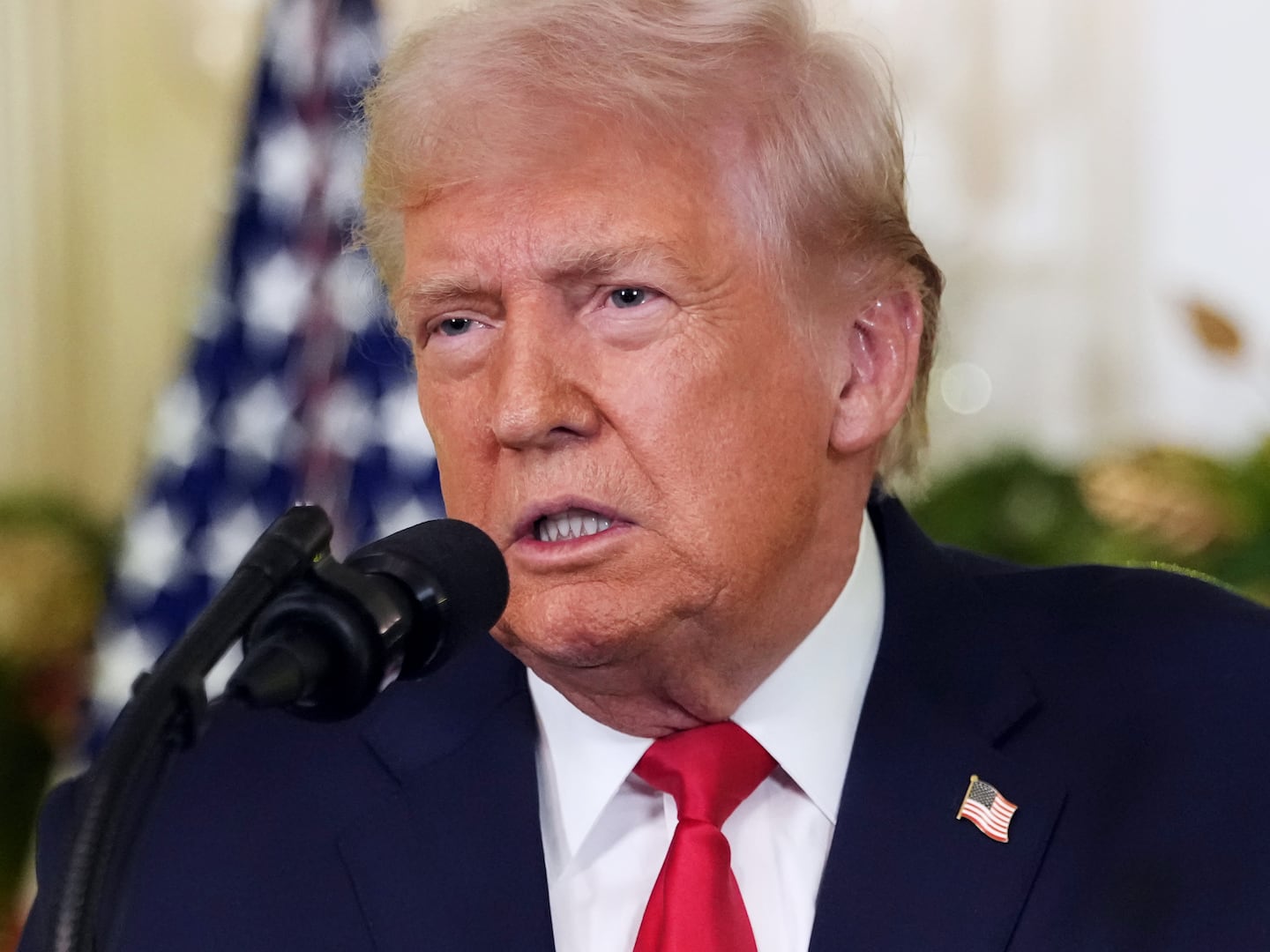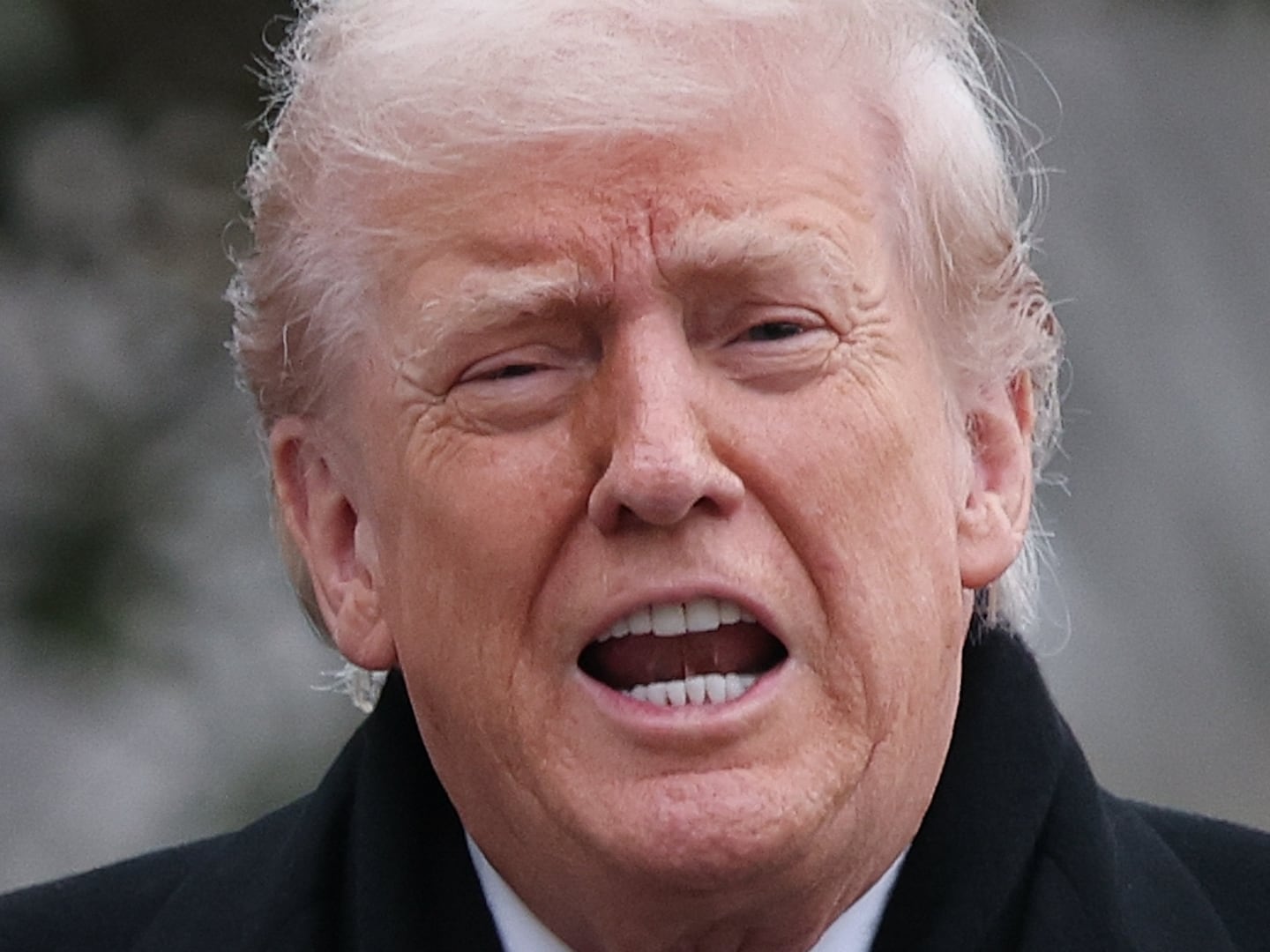Late last month, out of the blue, Vice President Mike Pence announced that the United States would land an American on the moon by 2024—four years ahead of schedule.
Now we know why the Trump administration is in such a hurry to get back to the lunar surface: The administration wants to mine the moon, staking a claim on these supposed lunar riches before any other country (most likely China) can—and before the end of Pres. Donald Trump’s possible second term.
At the annual Space Symposium conference in Colorado Springs on Tuesday, Secretary of Commerce Wilbur Ross suggested that there’s so much money to be made on the moon that America better get there first, risk and uncertainty be damned.
“As more countries land on the moon, we risk a Wild West situation without clarification of ownership rights,” Ross said.
But this proverbial lunar gold rush is risky. Congress might not fund it: some critics were already saying a previous NASA effort to land a man on the moon was half-baked and not worth the cost.
Even with a Congressional appropriation, NASA expects it will have to cut other space programs to make way for moon work. Government officials admitted at the conference that some of the technology it needs doesn’t yet exist.
Also, no one really knows how much cobalt, gold, helium, iron, palladium, platinum and tungsten lies under the lunar dust. Even more murky is exactly what it would take to dig it up and process it on the moon or send it back to some factory on Earth.
By Ross’s accounting, the world’s space industry is currently worth $400 billion; by 2040, that could expand nearly tenfold to $3 trillion as governments and corporations establish factories and mining operations in orbit and on the moon. “We must make sure the United States captures the lion’s share of burgeoning space markets,” Ross urged.
A wealthy former investment banker who has been accused of flouting government ethics rules, Ross seemed particularly interested in the financing side of possible off-world industry. “Finance is key,” Ross said at the Colorado conference.
The last time anyone stepped foot on the moon was in 1972, when NASA’s Apollo 17 mission landed astronauts Eugene Cernan and Harrison Schmitt on the lunar surface. Mission pilot Ronald Evans remained in the command module in orbit over the moon.
For several years, NASA has hoped to return to the moon—eventually. Besides being scientifically interesting in its own right, Earth’s dusty satellite might make a good launching pad for a Mars mission, the space agency reasoned. Astronauts in theory could mine lunar ice and process it into rocket fuel for an onward trip to the Red Planet.
But until Pence’s surprise March announcement, the new moon mission was scheduled to take place no earlier than 2028. There were good reasons for NASA to wait until then. The agency planned to build a new, $3-billion, moon-orbiting space station it calls the Lunar Gateway that could function as a staging base for lunar landings. Experts have pointed out that it might be easier to rocket straight from Earth to the moon, like the Apollo missions did. But NASA imagined it eventually would shift the gateway station’s orbit in order also to support a Mars mission.
So NASA needed time to build the Lunar Gateway station’s modules, launch and assemble the modules then develop new vehicles for transferring astronauts from the station to the lunar surface and back.
NASA’s various international partnerships in part drove the Lunar Gateway’s schedule. The Canadian, Japanese, European, and Russian space agencies build critical pieces of hardware that NASA never bothered to master. Canada makes the crane-like robotic arms for spacecraft and space stations. Russia builds many of the airlocks.
In light of all the complications, a 2028 manned moon mission seemed fast; a 2024 mission seems crazy. Speaking alongside Ross at the Colorado conference, NASA administrator Jim Bridenstine acknowledged the risks.
Yes, NASA would potentially need billions of dollars on top of the agency’s normal budget from Congress. “We’re working on that,” Bridenstine said. “Politically, we're going to have some challenges ahead."
Yes, the agency would need to speed up construction of the lunar station. “The first elements of Gateway are focused exclusively on getting humans to the surface of the moon," Bridenstine assured the crowd.
Yes, NASA would need someone in government or private industry to quickly invent a three-part lander for transporting people from the station to the moon then back. "We need to focus like a laser on the descent module, the transfer vehicle and the ascent module," Bridenstine added, sweat glistening on his forehead.
Yes, NASA would have to suspend other exploration and science programs in order to focus on landing on the moon within four years. “Anything that’s a distraction to making that happen, we're getting rid of it,” he said.
Yes, the space agency would need help from foreign governments. “None of us can do what we want to do, alone," he added.
But all those minerals are worth the trouble for the administration. “We're going to utilize the resources of the moon,” Bridenstine stated, vowing that it would happen before Trump left office after potentially winning a second term.
“The president said he wants 2024,” Bridenstine said. “NASA is up to achieving it.”









